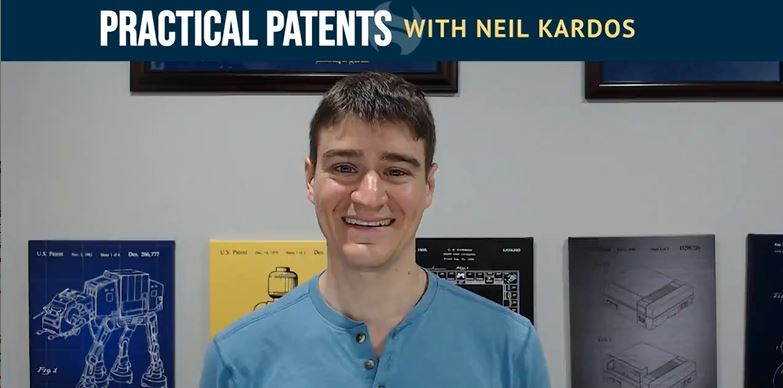Revolutionizing Patent Applications: The Case for Clarity in Language
In the intricate world of patent law, the clarity of legal documents is not just a nicety but a necessity. Neil Kardos, a vocal advocate for more readable patent applications, recently highlighted an issue that’s often overlooked yet crucial. Patent applications, by their nature, are complex. They are technical documents, intricately detailing how new technologies function. However, Neil points out an additional layer of complexity that stems not from the content but from the style of writing.
Patent professionals are experts in their fields, with rich backgrounds in science, math, and engineering. However, Neil observes that this technical focus often comes at the expense of writing skills. The result? Patent applications that are not just technically dense but also linguistically challenging. Adding to this complexity is the traditional use of legal jargon, or legalese, which can make documents even more daunting.
Neil suggests a simple yet effective change: replacing “said” element with “the” element in patent claims. While this might seem minor, the impact on readability is significant. He draws on a Patently-O article, which indicates that in the 1970s and 1980s, about 90% of patent applications used “said”. Today, this usage has reduced to around 20%. Neil argues that even this is too high. By embracing simpler language, the patent community can make these vital documents more approachable and understandable.
What sets Neil apart is his approach to this issue. He doesn’t just propose a change; he invites a discussion. This open invitation is more than a call for change; it’s a call for a community-wide reflection on how the patent world communicates.
Neil’s advocacy for clearer writing in patent applications goes beyond merely suggesting a change; he fosters a dialogue towards a future where legal documents are not barriers but bridges to understanding. By adopting simpler language, the patent community can ensure that these crucial documents are not only legally sound but also broadly accessible.
Don’t forget to come back for more tips in the next installment of the Practical Patents Series. Until next time, happy patenting!
Note: This blog post is based on the opinions and observations of the author and should not be considered legal advice. Consult a qualified patent attorney for specific guidance on patent application drafting.
Want more tips? Check out other Practical Patents videos with Neil Kardos here!

